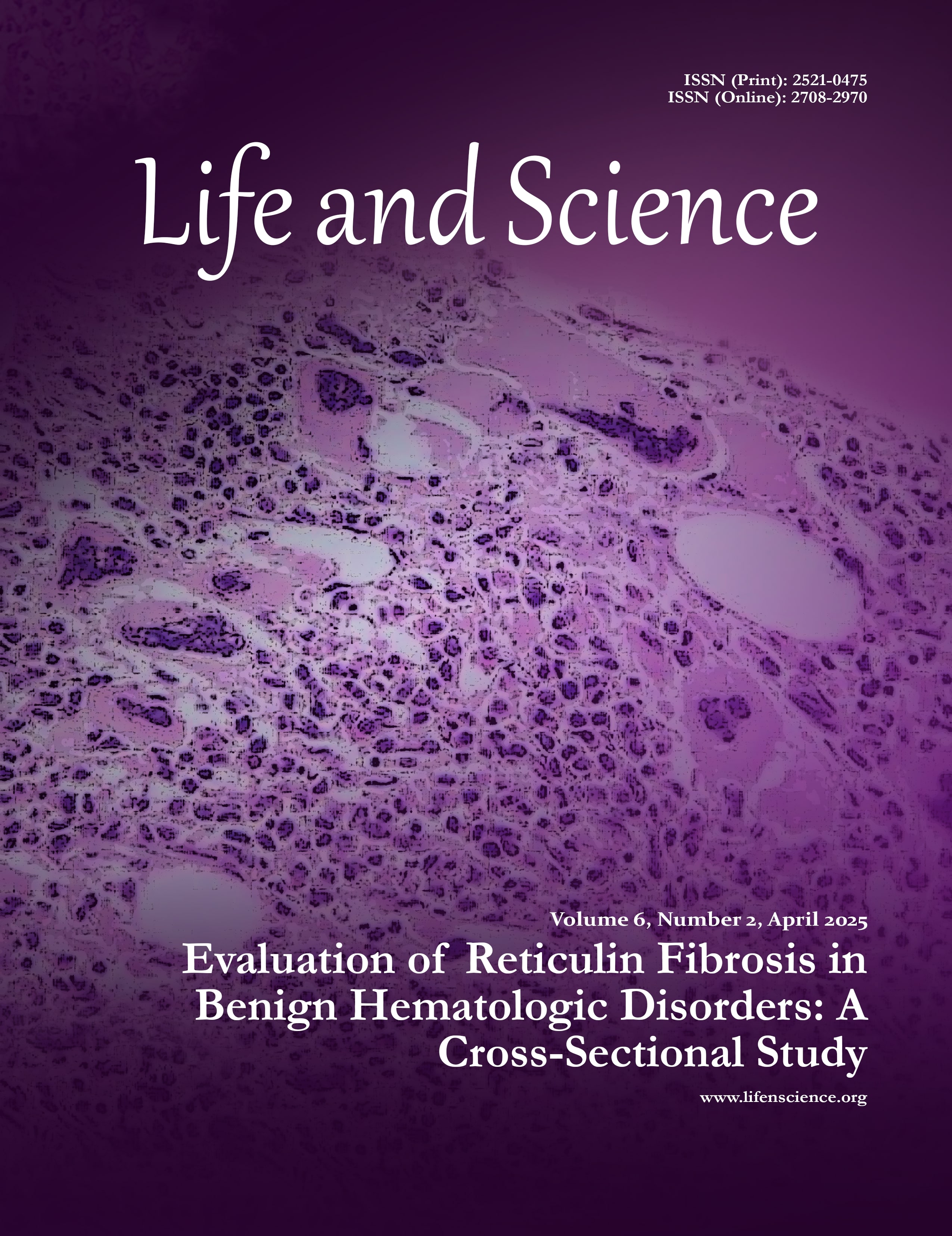Difference in Sleep Apnea Pattern According to Body Mass Index (BMI): A Cohort Study in a Tertiary Care Center-Rawalpindi
Abstract
Objective: To evaluate the prevalence of Obstructive Sleep Apnea (OSA) using polysomnography (PSG) in
symptomatic Pakistani patients and assess its association with demographic factors (age, sex, BMI) and obesity.
Study Design: Retrospective cohort study.
Place and Duration of Study: This study was conducted at the Department of Pulmonology and Sleep Studies,
Pak Emirates Military Hospital (PEMH), Rawalpindi, Pakistan from April 2021 to April 2023.
Methods: A total of 577 clinically suspected Obstructive Sleep Apnea patients underwent sleep studies in our
sleep study departments using Convenience Sampling. Polysomnography (PSG) was carried out with the Philips
Respironics Alice Night One device using 1 RIP effort belt and a pressure-based flow sensor. Heart rate, oxygen
saturation, apnea (Mixed, Central, Obstructive), hypopnea episodes, and Apnea/hypopnea index (AHI) were
recorded in all individuals. AHI > 5 was cut off for diagnosis of OSA, as all symptomatic patients were included in
this study. The patients with AHI>5 were further divided into three groups: Mild Apnea/hypopnea index (AHI 5-
15), Moderate Apnea/hypopnea index (AHI 15-30), and Severe (AHI >30). Chi-square tests were used for the
analysis of data.
Results: 577 clinically suspected OSA patients were included in this study, among whom 379 (65.7%) were
males and 198 (34.3%) were females. The Mean age of patients was 50.23 (SD- 12.56), and the mean BMI was
33.06 (SD -6.52). There was no significant relationship between gender and obesity seen in our study. Patients
with higher BMI exhibited a significant positive correlation (P-value <0.001).
Conclusion: Higher BMI showed a direct relationship with the severity of obstructive sleep apnea, manifested
by a higher apnea hypopnea index and increased duration and severity of desaturation.
How to cite this: Ali K, Arshad AA, Imran M, Khaliq A, Rashid A, Raza H. Difference in Sleep Apnea Pattern According to Body Mass Index (BMI): A Cohort Study in a Tertiary Care Center-Rawalpindi. Life and Science. 2025; 6(2): 261-265. doi: http://doi.org/10.37185/LnS.1.1.414
Copyright (c) 2025 Karamat Ali, Attia Khaliq, Amir Rashid, Hassan Raza

This work is licensed under a Creative Commons Attribution-NonCommercial 4.0 International License.

















